Exploring George Gershwin’s Summertime

Published: 19/10/2016
Under: Guitar Lessons
We all know and love George Gershwin’s Summertime. Many years ago I was watching Emily Remler play the song as part of her “Bebop and Swing” Hot Licks VHS! You can get the DVD version from Amazon! She had rearranged the tune as a solo guitar piece, with the chords interjecting the melody.
What we’ll cover today is my version of Summertime, which is based on Emily’s version. We’ll talk about the chords and how to solo over the changes.
I’d encourage you to start by reading my post on Jazz Guitar Basics. This article covers some of the theory and practical of playing jazz, which we will be using shortly.
Summertime – Melody
Let’s start with just the melody and chord from the original head which I’ve written out for guitar.
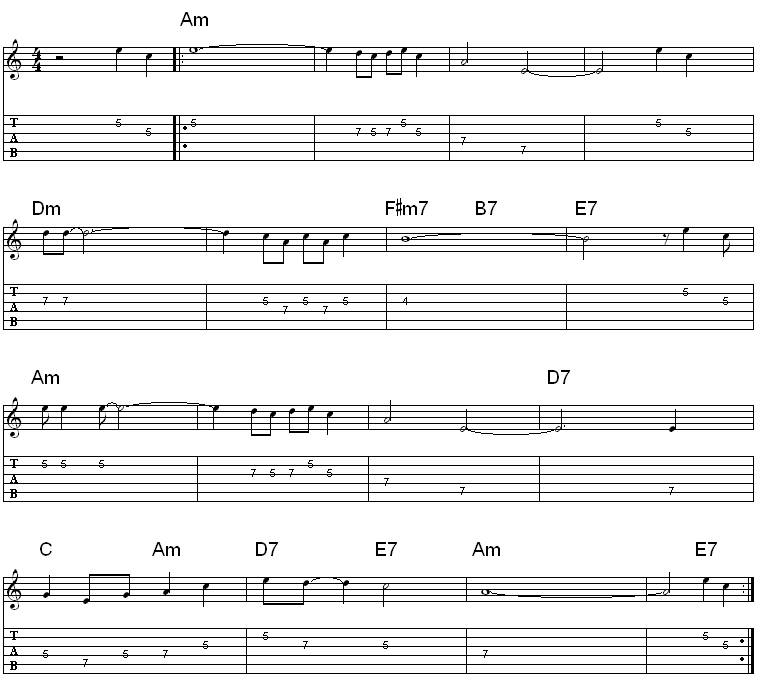
I’ve chosen to place the melody within the first A minor shape at the 5th fret, as it’s easily playable.
In terms of chords, there is nothing really that weird or complex.
I’d start with just getting both parts down. Learn the melody, sing it while playing it. If you have a looper pedal, then have a go at recording a simple rhythm over the chords, something like either of these:

Summertime Solo Guitar Arrangement
The tune has natural breaks which allow for chords to be inserted, which is my starting point for adding a harmonic element. I’ve used Emily’s chord changes and rhythm here.
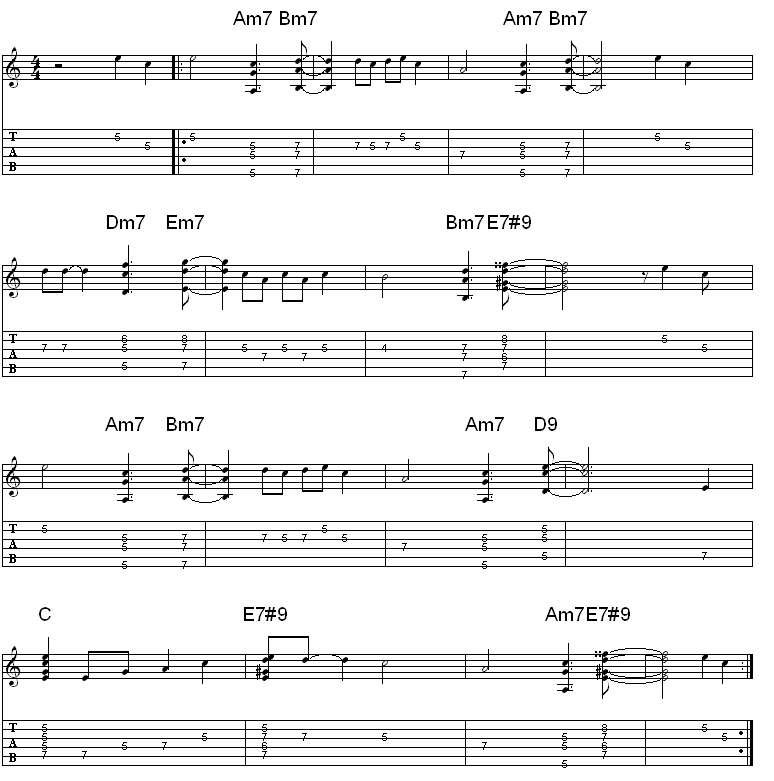
Chords
As you can hopefully see, I have used quite well known and fairly simplistic chords.
Am7
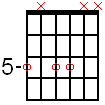
Bm7
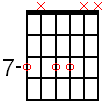
Dm7
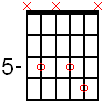
Em7

D9
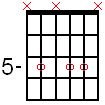
E7#9
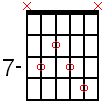
C [no root]
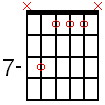
How to Solo over Summertime
While being able to play the above chord melody is quite an achievement, soloing is much more fun!
Without writing a War and Peace length lesson on jazz soloing, I’ll try to give you some tips.
Firstly, start with chord tones, notes like the Major/Minor 3rd or 7th. If you can find a simple line of chord tones which links the chords together then you should sound half way there. I’d try playing chord tones both as single notes and as octaves.
Secondly, try adding some chromatic notes into your line of chord tones as connecting or passing notes. Even if you’re no Jazz player, you’ll sound like you are!
While arpeggios are good, the can sound boxy and make your solo feel like an exercise, it’s much better to find melodies that link scale tones with notes from the chord and inject a few chromatic notes. So what scales can we use?
We can largely use A minor pentatonic and C major scales over most of the changes. While this approach may not be perfect, it does provide a starting point for you to find useful melodic lines.
A minor Pentatonic
[shape 1]
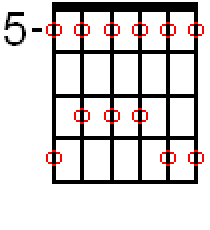
C major Scale
[shape 5]
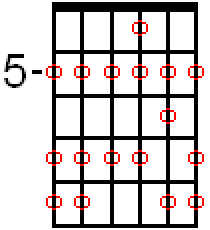
You can buy my book on scales which will give you the whole fretboard and each shape.
The only chord this doesn’t work over is E7#9.
We could ignore the #9 and treat it as the V chord in A and thus use A major scale or A major pentatonic over the change. We could, however using Emily’s method and play a Jazz minor scale up a half step. So in this case, we would use F Jazz minor scale. We could also use play A chromatic scale over the change!
A Major Pentatonic
[shape 1]

A Major Scale
[shape 1]
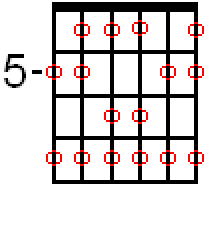
A Chromatic Scale
[shape 1]
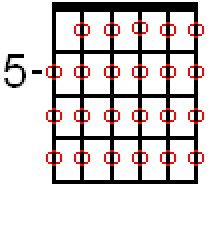
F Jazz Minor Scale
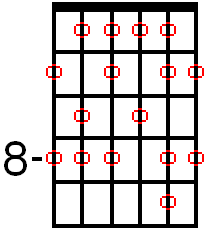
Putting it all together
There is a lot of tips, tricks and ideas here – plus we’ve only just scratched the surface. I’d start with the melody – practice it so that it sounds like you’ve been playing it for years. Work on making each note sound full and fat.
Once you’re happy with the melody, then learn the chords separately. Get comfortable with where each note is, the fingering and then move on to working on changing between chords. I’d then, work bar by bar to get the chord and melody working together.
When I was happy with the solo guitar arrangement, I’d have a look at soloing and maybe I’d record the chord changes and use that as a base to experiment over.
It’s a lot of work but it’s a really fun piece to play and well worth the effort.


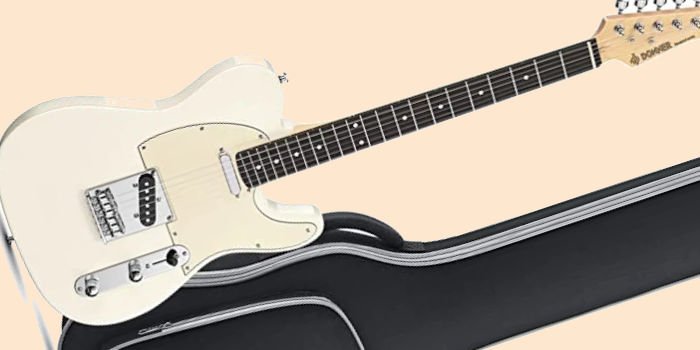
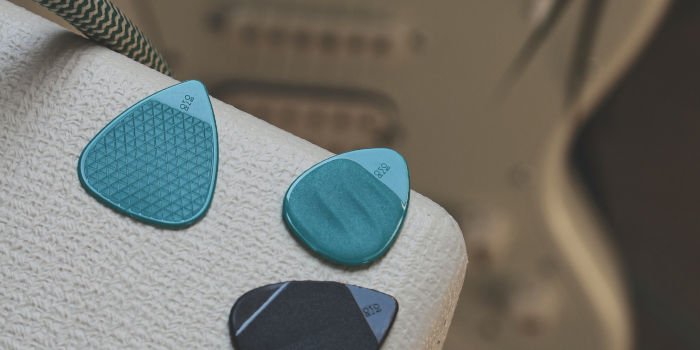
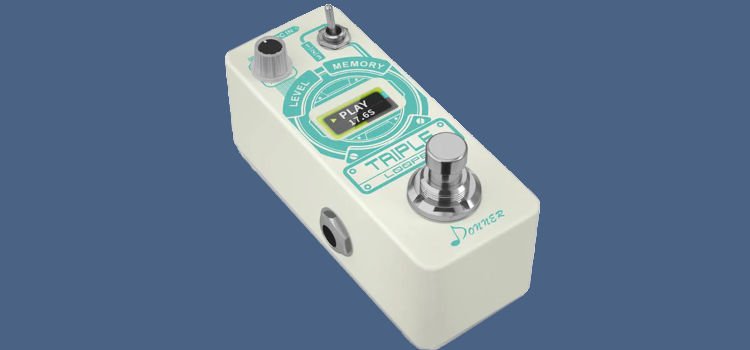

Leave a Reply